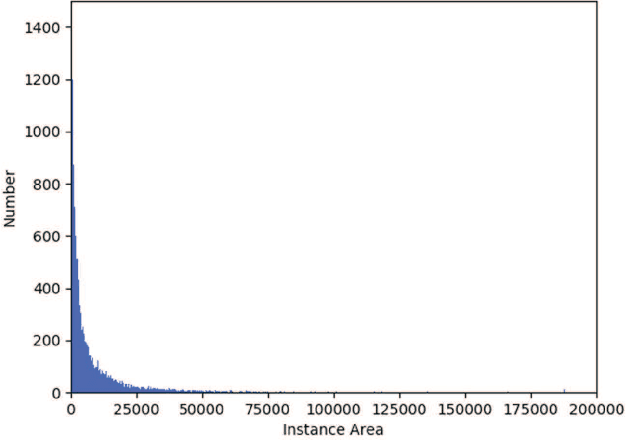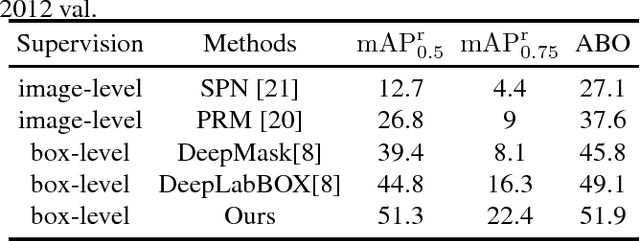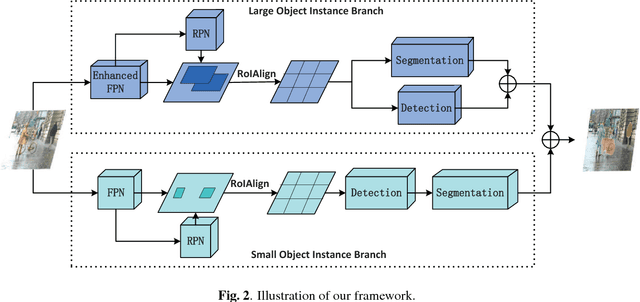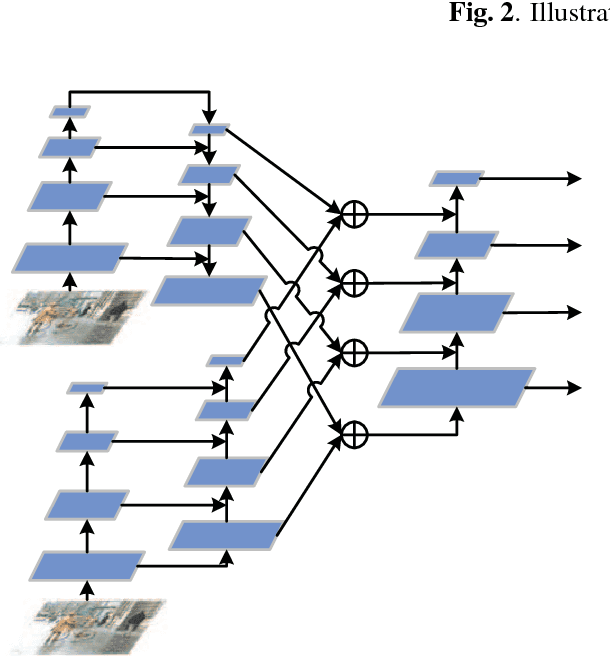Shisha Liao
FaceSkin: A Privacy Preserving Facial skin patch Dataset for multi Attributes classification
Aug 09, 2023



Abstract:Human facial skin images contain abundant textural information that can serve as valuable features for attribute classification, such as age, race, and gender. Additionally, facial skin images offer the advantages of easy collection and minimal privacy concerns. However, the availability of well-labeled human skin datasets with a sufficient number of images is limited. To address this issue, we introduce a dataset called FaceSkin, which encompasses a diverse range of ages and races. Furthermore, to broaden the application scenarios, we incorporate synthetic skin-patches obtained from 2D and 3D attack images, including printed paper, replays, and 3D masks. We evaluate the FaceSkin dataset across distinct categories and present experimental results demonstrating its effectiveness in attribute classification, as well as its potential for various downstream tasks, such as Face anti-spoofing and Age estimation.
Weakly Supervised Instance Segmentation Using Hybrid Network
Dec 12, 2018



Abstract:Weakly-supervised instance segmentation, which could greatly save labor and time cost of pixel mask annotation, has attracted increasing attention in recent years. The commonly used pipeline firstly utilizes conventional image segmentation methods to automatically generate initial masks and then use them to train an off-the-shelf segmentation network in an iterative way. However, the initial generated masks usually contains a notable proportion of invalid masks which are mainly caused by small object instances. Directly using these initial masks to train segmentation model is harmful for the performance. To address this problem, we propose a hybrid network in this paper. In our architecture, there is a principle segmentation network which is used to handle the normal samples with valid generated masks. In addition, a complementary branch is added to handle the small and dim objects without valid masks. Experimental results indicate that our method can achieve significantly performance improvement both on the small object instances and large ones, and outperforms all state-of-the-art methods.
 Add to Chrome
Add to Chrome Add to Firefox
Add to Firefox Add to Edge
Add to Edge